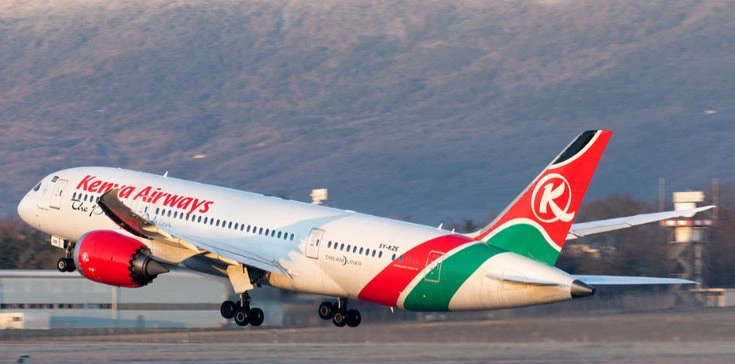African Airlines: Rising Toward the Future
The African aviation market is one of the most dynamic and rapidly developing in the world. Despite historical challenges such as political instability, limited infrastructure, and high operating costs, the continent has made significant progress in recent years. Today, Africa is not just a destination — it is home to a growing number of ambitious and evolving airlines.
Leaders of the African Sky
Ethiopian Airlines (Ethiopia)The continent’s leading carrier and a true regional flagship. With a legacy of nearly 80 years, Ethiopian Airlines boasts the largest route network in Africa, connecting cities across Africa, Europe, Asia, the Middle East, and the Americas.It operates one of the youngest and most modern fleets in the region, including Boeing 787 Dreamliners and Airbus A350s, and is consistently recognized for its safety, service quality, and sustainable investments.
EgyptAir (Egypt)One of the oldest airlines in the world and a member of Star Alliance, EgyptAir has an extensive network spanning Africa, Europe, the Middle East, and Asia.The Egyptian government is actively investing in aviation, expanding its Cairo hub and modernizing its fleet to boost competitiveness.
Kenya Airways (Kenya)Known as "The Pride of Africa," Kenya Airways is a partially state-owned and publicly traded airline based in Nairobi. As a SkyTeam member, it offers strong connectivity across Central and Southern Africa, as well as reliable links to Asia and Europe.Its strategic position and partnership network make it a key player in East African aviation.

RwandAir (Rwanda)A relatively young but rapidly growing airline based in Kigali. RwandAir is becoming a symbol of the continent’s aviation ambitions, focusing on safety, on-time performance, and high-quality service.It is expanding long-haul operations and investing in training centers and infrastructure to support future growth.
Airlink and FlySafair (South Africa)Two of the most reliable domestic airlines in Southern Africa. Known for punctuality, affordability, and solid service, they are particularly popular among business travelers and tourists exploring the region.

Challenges and Opportunities
African airlines still face major hurdles: high operational costs, limited direct routes between African countries, shortage of skilled labor, and reliance on foreign manufacturers.However, change is underway. In 2018, the Single African Air Transport Market (SAATM) initiative was launched to create a unified airspace. Its goal is to reduce regulatory barriers, encourage competition, and increase intra-African connectivity.
At the same time, governments and private investors are actively funding airport modernization, flight training centers, digital transformation, and the growth of regional low-cost carriers.
Conclusion
African airlines are moving forward with confidence. Despite ongoing challenges, they are becoming increasingly competitive on the global stage.Their focus on safety, fleet modernization, international partnerships, and infrastructure development positions them as a vital part of the future of global aviation.
Today, travelers across Africa can increasingly expect reliable service, modern aircraft, and growing route options — clear signs that the African sky is becoming more open, connected, and promising than ever before.
Close